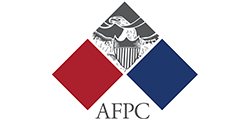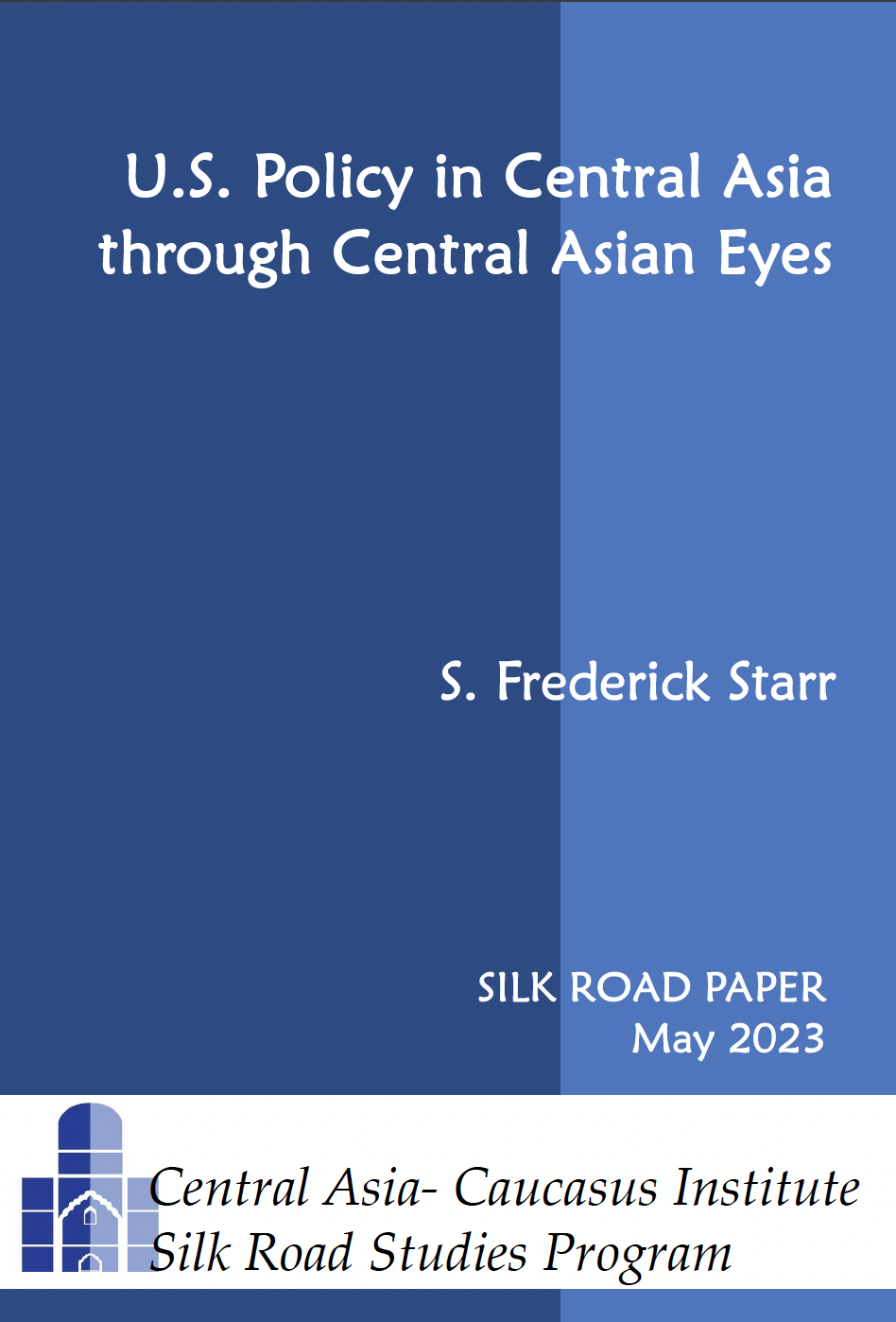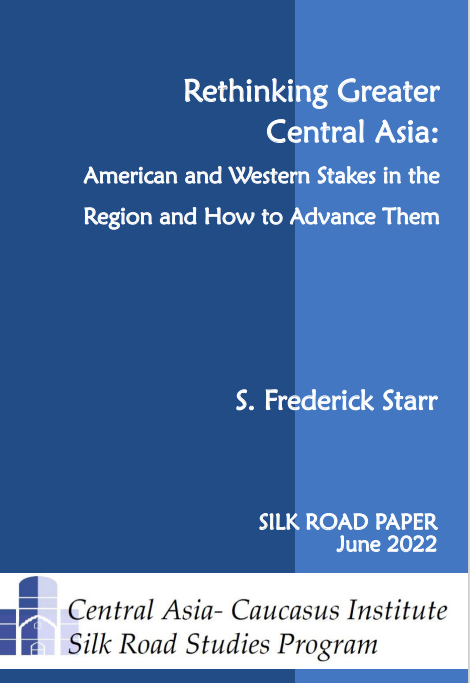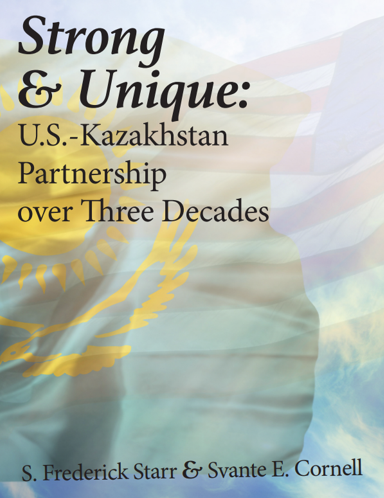Russia advocates peacekeeping mission as tensions flare over Nagorno-Karabakh
By Armen Grigoryan
October 13th, 2015, The CACI Analyst
Tensions along the line of contact in Nagorno-Karabakh and on the Armenian-Azerbaijani border have intensified from September 24, with skirmishes including the use of heavy artillery by both sides. Tensions have grown to a level where the danger of a large-scale confrontation should be seriously considered. Russia’s specific interests aggravate the situation, while the conflicting sides remain reluctant to seek a compromise solution. In this situation, Armenia and Azerbaijan are under increasing pressure to accept a Russia-led peacekeeping mission to the region.
New agreements reached during Sargsyan's visit to Moscow
By Erik Davtyan
September 28th, the CACI Analyst
On September 7, Armenia’s President Serzh Sargsyan visited Moscow and met his counterpart Vladimir Putin. This meeting, which took place nearly two years after President Sargsyan declared Armenia’s decision to join the Russia-led Customs Union, is the fourth in this year. The first meeting in 2015 took place in April, when Putin attended the events dedicated to the commemoration of the Armenian Genocide Centennial. The second and third meetings took place in May and July when Sargsyan attended the events in Moscow dedicated to the 70th anniversary of the victory in the Great Patriotic War and then during the joint summit of BRICS, the Eurasian Economic Union (EEU) and SCO leaders in Ufa.
The anti-ISIS coalition and Armenia's foreign policy options
By Eduard Abrahamyan
September 30th, 2015, The CACI Analyst
Since a few months, Armenia’s civil society, expert community and military are debating the threat that the terrorist organization calling itself the Islamic State (ISIS) poses to Armenia. In parallel, disillusionment is growing with the Russia-led Collective Security Treaty Organization (CSTO) and its reaction to the escalation in tensions between Armenia and Azerbaijan. Since at least three out of six CSTO members continually sell arms to Azerbaijan, it is now disputed whether the organization is capable and willing to ensure Armenia’s security. In this atmosphere, the idea has recently emerged that Armenia could reduce its dependence on Russia and restore relations with the West by joining the global coalition against ISIS.
Armenia's economic woes
By Natalia Konarzewska
September 15th, 2015, The CACI Analyst
Armenia’s economy is currently experiencing a significant decline, which is primarily caused by spillover from Russia’s recession. At the end of 2014, Armenia’s national currency, the dram, saw rapid depreciation, which boosted inflation. Falling remittances from Russia are putting additional pressure on the dram, negatively affecting the livelihood of many ordinary citizens. Additionally, export volumes to Russia, which is Armenia’s top export destination, have decreased significantly. Armenia currently has few options to boost its faltering economy due to a falling number of foreign direct investments, high national debt and a shortfall of budget revenue. Economic forecasts for Armenia remain grim and since June the country has seen a wave of protests over the price hike on electricity.
New prospects in Armenia-Georgia relations
By Erik Davtyan (19/08/2015 issue of the CACI Analyst)
July was a productive month for bilateral cooperation between Armenia and Georgia. Firstly, the two states expanded their dialogue in the military sphere. On July 16, a delegation headed by Armenia’s first Deputy Minister of Defense Davit Tonoyan visited Tbilisi. A subsequent meeting between representatives of the two defense ministries took place on June 24-25 within the framework of the North Atlantic Council (NAC) Defense Ministers meeting in Brussels, during which Armenia’s and Georgia’s Defense Ministers Seyran Ohanyan and Tinatin Khidasheli discussed bilateral military ties. Khidasheli later explained that the parties agreed “to find new areas of cooperation.”







 Book S. Frederick Starr and Svante E. Cornell,
Book S. Frederick Starr and Svante E. Cornell,